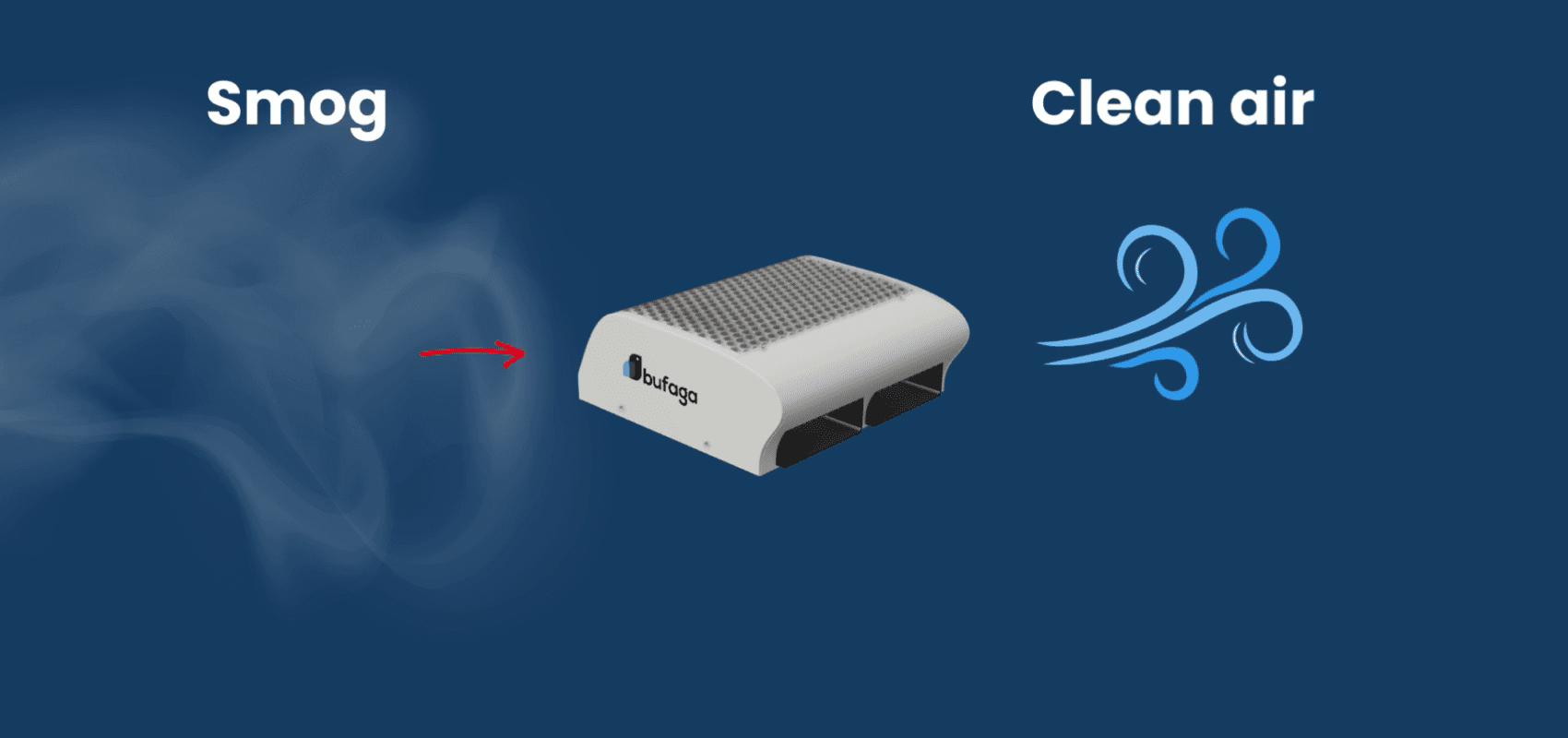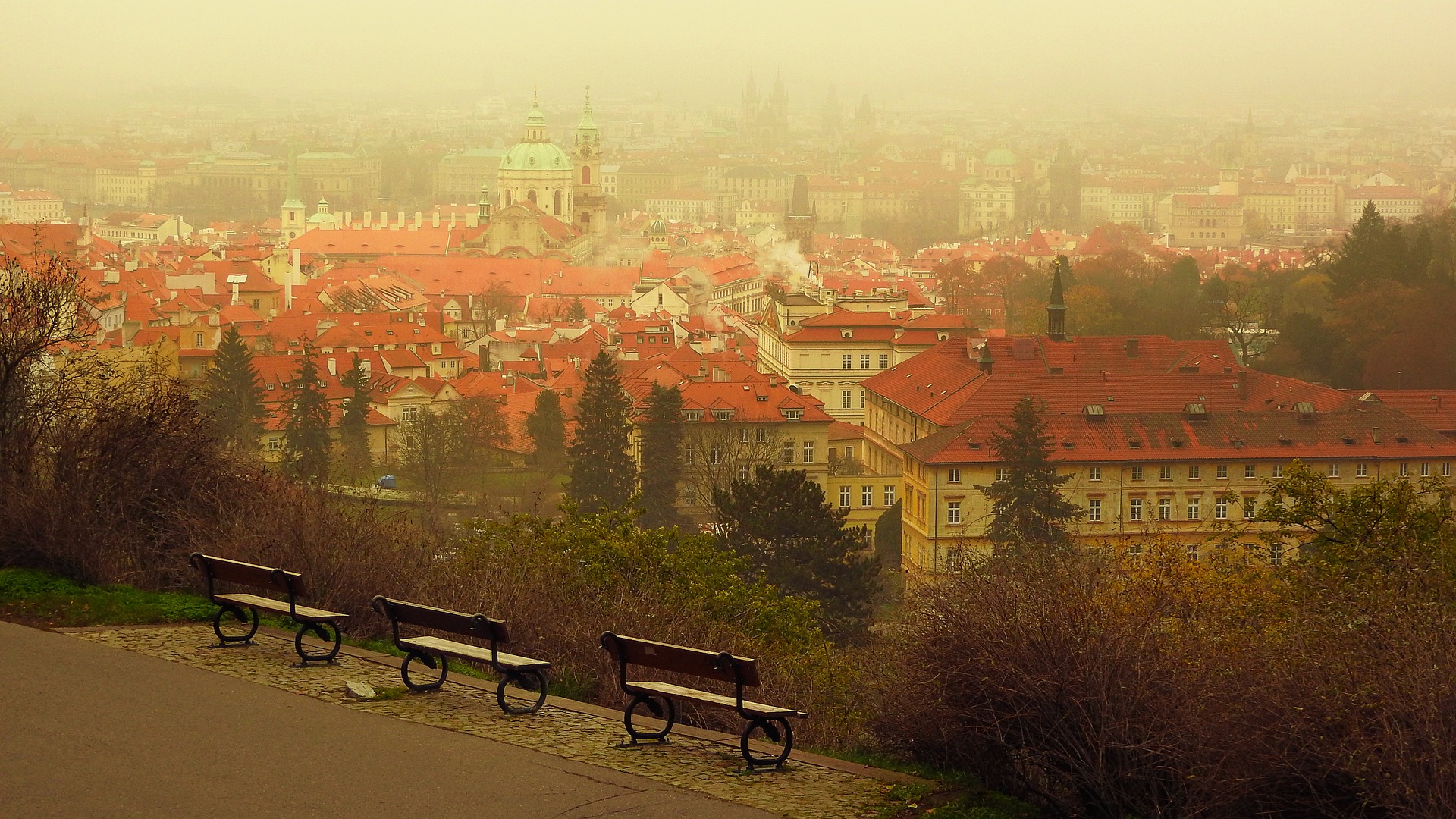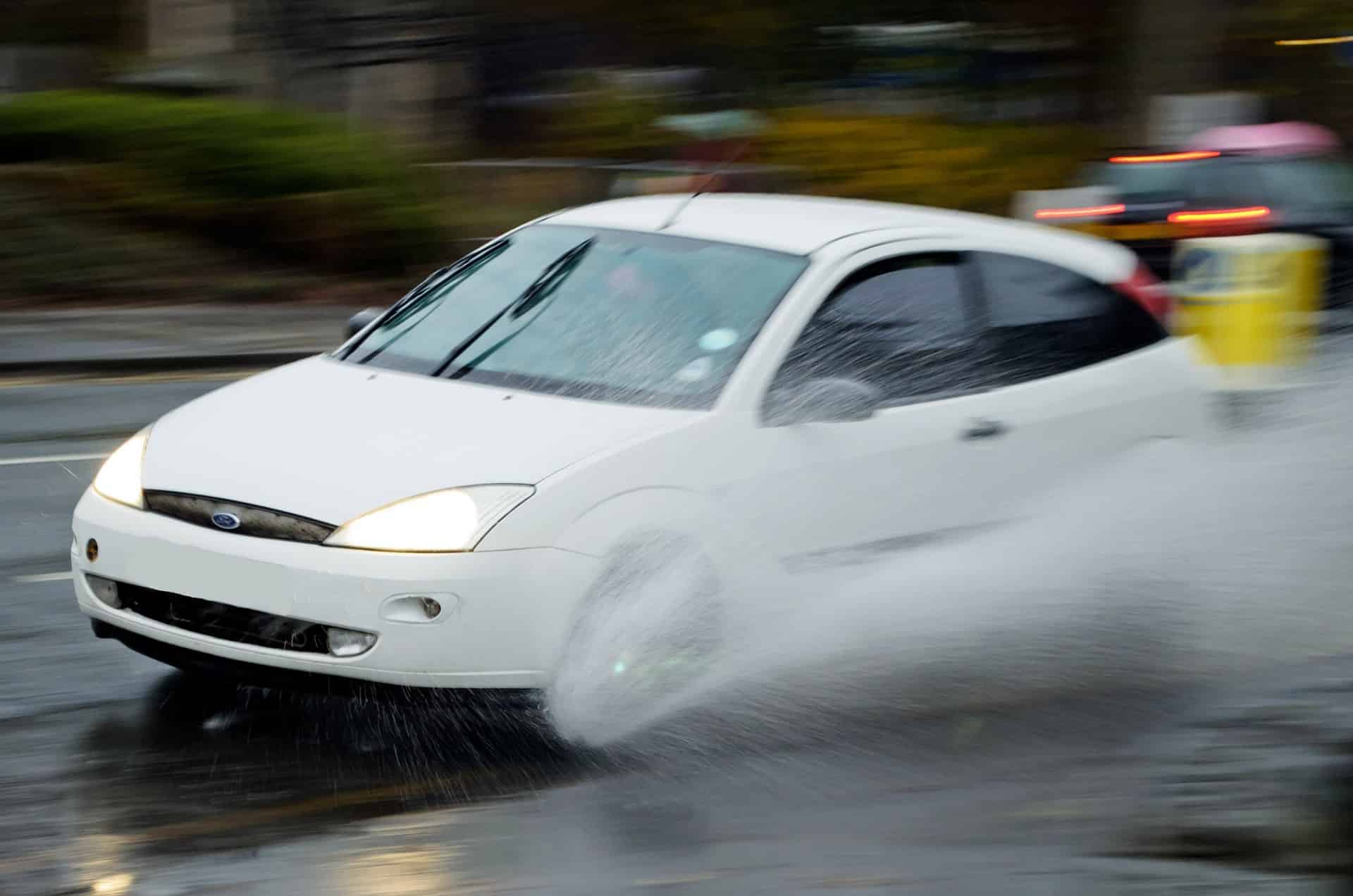
About Bufaga
- Founders: Serena Mignucci, Federico Roviglioni, Giuseppe Spinelli, Simone Cingolani, Francesco Gaudiano
- Founded in: 2022
- Employees: 6
- Money raised: €135.000
- Ultimate goal: Freeing the world from air pollution.
Sub-Saharan skies are home to the red-billed oxpecker, a bird known for eating parasites on the skin of animals like giraffes, zebras, and gazelles. Bufaga is the Italian name for this bird. Since last year, Bufaga is also the name of a new company that, like the African volatile, wants to clean the air we breathe every day. According to the European Environment Agency, in 2020, 238,000 early deaths were related to exposure to fine dust. This is primarily particulate matter, mainly originating from road transport. Combustion engines, tire wear with asphalt, and brake abrasion all produce these emissions.
Bufaga’s solution operates right where this dust is emitted. The start-up developed an air-filtering device that can be mounted on vehicles. It exploits the airflow generated by the movement of a car, bus, or train. Additionally, the sensors in the device provide a real-time view of pollutants’ concentrations. As the Rome-headquartered company refines its technology, Rome Fiumicino airport will be the testbed for the device. Serena Mignucci is the CEO and one of Bufaga’s cofounders, and she spoke to Innovation Origins for this installment of the Start-up of the Day series.
How does your device work?
“Our device can remove pollutants from the air and, through sensors, can also monitor its quality. The device checks air quality before and after filtering it, providing real-time data on its effect and pollution levels. Taking advantage of the car’s movement, we have a continuous airflow that we keep stable using some fans, which can be powered using a solar module or by connecting to the vehicle’s battery.
Once saturated, filters can be cleaned and recovered. Most importantly, pollutants can be collected and reused too. These can work as filler materials in the building industry, for instance. Filters will have to be cleaned every eight months – considering their usage in an environment with an average air quality of 25-30 μg of pollutants per cubic meter.

How did you come up with this idea?
“The idea was born during my university years. Back then, I took part in a hackathon organized by the European Institute of Technology, whose topic was air pollution. On that occasion, I pitched the idea of an air-filtering device to be applied to vehicles. The idea was well appreciated, and I kept working on it. After graduating in environmental engineering, I joined an incubation program, where I met my cofounders, who also believed in the potential of this idea. Then, we founded Bufaga.”
Why are you focusing on airports and harbors?
“Because airports and harbors have a dense concentration of vehicles – hence of air pollution. In fact – besides ships and airplanes – many other cars move around, such as passenger transport buses or maintenance vehicles. All these activities pollute the air, causing discontent among nearby citizens. It is a sensitive topic that encompasses workers’ and passengers’ health and safety.
In addition, airports are particularly keen on taking up innovation. We acknowledged their willingness to be early technology adopters.”

What other devices are you working on?
“We developed a stationary version of the product, which features more filters. This could be placed in parking lots or at road junctions. Furthermore, we are developing solutions for subways too. Since the fixed devices will integrate more filters, we can achieve greater efficiency as we capture more pollutants.”
Why did Rome’s busiest airport choose you?
“What sets us apart is our team. Furthermore, our strategy was to enter the market to participate in as many innovation and acceleration programs as possible. By joining Startupbootcamp we expanded our network, contacting Amsterdam Schiphol airport and other Dutch municipalities willing to test our technology. We presented our solution to the Rome airports’ manager through a similar program held in Italy. We came prepared to these programs, demonstrating to customers that we can deliver.”
What is next for Bufaga?
“Starting the pilot tests at the airports to further validate our product is the short-term target The goal is to enter the market this year, beginning with Italian airports. Next year, we plan to expand to the rest of Europe.”








